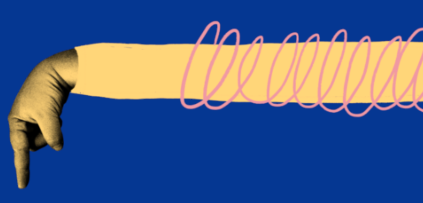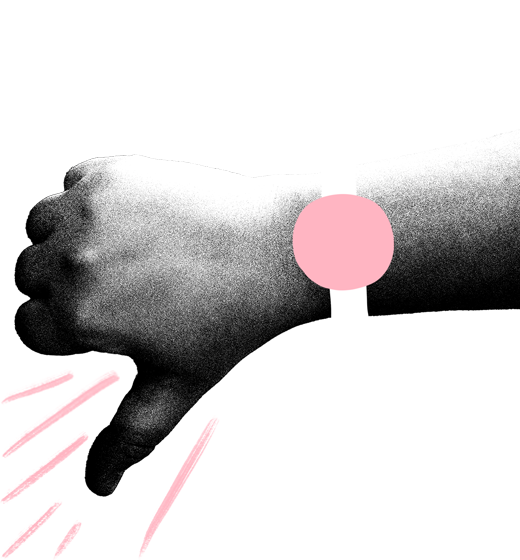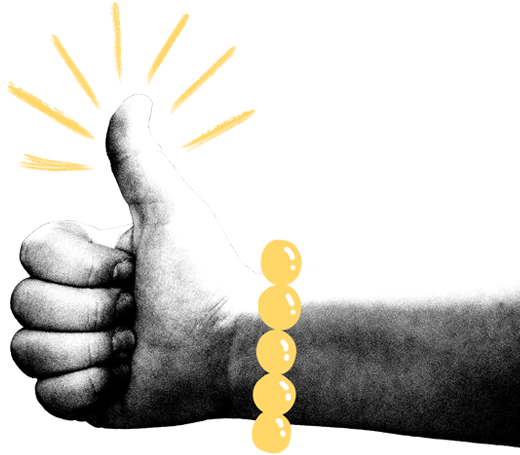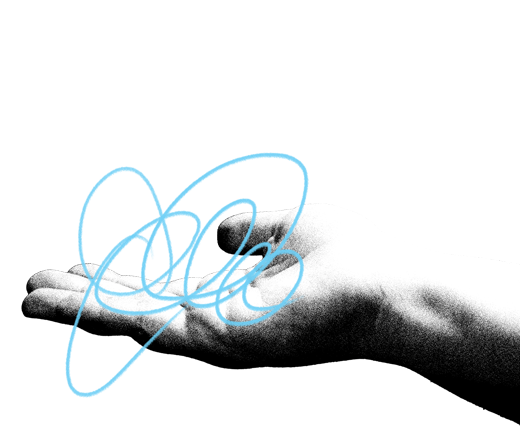
Look Back in Anger
Opening Night: February 2, 2012
Closing: April 8, 2012
Theater: Laura Pels Theatre at the Harold and Miriam Steinberg Center for Theatre
Look Back in Anger is often regarded as a pivotal theatrical work of the last century. It is a shocking and vibrant drama about four people struggling to live together and love each other in 1950s England.
BUY TICKETSREAD THE REVIEWS:
February 2, 2012
High concept makes for low impact in the new Roundabout Theater Company revival of John Osborne’s classic 1956 play, “Look Back in Anger,” directed by Sam Gold and starring Matthew Rhys of television’s “Brothers and Sisters” as the prototypical angry young man of mid-20th-century British drama.
READ THE REVIEWFebruary 2, 2012
Jimmy Porter, the pissed-off young man in John Osborne’s seminal 1956 drama "Look Back In Anger," shocked British auds and dealt a death blow to the well-made play. The groundbreaking kitchen-sink drama still has shock value in Sam Gold’s meticulous revival — surprisingly, not so much for its raging social criticism of postwar British values but for the ferocity of its Strindbergian attack on a sado-masochistic marriage. Well matched as the smoldering Jimmy and his punching-bag wife, Matthew Rhys ("Brothers and Sisters") and newcomer Sarah Goldberg battle it out to a draw.
READ THE REVIEWFebruary 3, 2012
Fifty-six years ago, 25-year-old John Osborne took the sex and basic story of A Streetcar Named Desire (lower class boy weds well-bred girl, whose disapproving acquaintance complicates their fiery relationship), added details of his own dissolving marriage (he, too, ”married up”) and wrote his most influential work, Look Back in Anger, in 30 feverish days. Osborne’s hero, Jimmy Porter, grew up poor, yet in postwar Britain was able to afford a college education — but humiliatingly only finds work running a candy stand. He lives in a dingy attic apartment of an old Victorian house in the English Midlands with his middle-class wife, Allison, and his puppyish, lower-class best friend, Cliff. Together, they bear Jimmy’s many $10-word invectives and poisonous diatribes. He rants about Allison’s family hating him. He rants about Cliff’s lack of sophistication. He rants about the Sunday papers, the upper class, the welfare state, bad art, worse politics, and the impending visit of Allison’s judgmental friend Helena (who ultimately changes their lives). He even rants about Allison and Cliff not ranting, nicknaming her ”pusillanimous” and him ”mouse.” Jimmy’s lot in life has made him — like the name of the 1950s British literary movement that Osborne inspired — one very angry young man.
READ THE REVIEWFebruary 2, 2012
The Roundabout would never hire Ivo van Hove to go all regietheater on a classic, but let’s applaud the institution for doing the next best thing: It let Sam Gold hang a bold, brutalist frame around John Osborne’s 1956 wake-up wail, Look Back in Anger. I’m not name-checking Van Hove glibly; this staging owes a debt to the Dutch director who hulls chestnuts to the meat (such as The Little Foxes in 2010) and sets them in stark environments populated by actors prone to emotional and physical sadism. Osborne is a perfect fit: His “angry young man” Jimmy Porter (Matthew Rhys) is an overeducated middle-class sax player with an acid tongue and bottomless contempt for anyone within spitting distance. In cascading rants, he vituperates his Welsh mate Cliff (Adam Driver); his posh, long-suffering wife, Alison (Sarah Goldberg); and later, his mistress—Alison’s friend—Helena (Charlotte Parry), who also finds Jimmy’s invective irresistible.
READ THE REVIEWFebruary 2, 2012
Strike one was Terrence Rattigan’s "Man and Boy." Strike two was Athol Fugard’s "The Road to Mecca." And here comes strike three.
READ THE REVIEWFebruary 2, 2012
John Osborne’s "Look Back in Anger," with its famous angry-young-man protagonist, is unquestionably a landmark play, having upended the dominance of genteel English drawing-room drama. That doesn’t necessarily mean it’s a great one. Director Sam Gold puts the focus on the characters’ psychologies, stripping Osborne’s 1956 breakthrough work of its famous kitchen-sink naturalism, social context, and a minor but important character. Gold’s interpretation is consistently intelligent, and a quartet of fine actors ably executes it. Unfortunately, without a frame to set it off, the portrait proves diminished.
READ THE REVIEWFebruary 3, 2012
John Osborne’s 1956 play Look Back in Anger, now being presented by the Roundabout Theatre Company at the Laura Pels Theatre, shook English-speaking theater to its foundations and led to the newly coined term "Angry Young Man."
READ THE REVIEW









